Brown Jelly Disease Pictures
Brown jelly disease pictures. Brown Jelly Syndrome BJS is as the name suggests characterised by a brown mass resembling jelly. They were usually dead anyway. Here is what Brown Jelly Disease looks like I wanted to share a video of this before I pull the coral.
The coloring can also be dark brown or dark purple in color. And the brown jelly is the tissue dying not what is causing the brown jelly. Looks just like a flatworm.
The tree fungus begins as a small spot on the leaves. Sometimes the colony died but on occasion the colony continued to thrive. The disease becomes most prolific when evening temperatures in the summertime reach 65-70 degrees F.
Brown patch shows itself as large spots of grass that appear dry or dead. Sometimes the dark spots will grow consuming the corals tissue as it does. A significant prolonged increase in the amount of mucus in the stool is a potential sign of potential disorders such as Crohns disease cystic fibrosis irritable bowel syndrome or a malabsorption issue such as celiac disease or lactose intolerance.
BJS appears to be restricted to aquaria and no reported wild diseases are similar in appearance. The protozoa that are thought to cause some of the cases of brown jelly disease can persist without a host. Round leaf spots may have purple or dark brown borders tiny black flecks fungal spores in the center of the spots.
Dark Spot Black Spot Disease. As the disease progresses more spots appear until the leaf ceases to function as the site of the trees food production process and falls off of the tree. The fungus is a primary pathogen but is most often found on leaves infected with other pathogens.
But I could be wrong I am just very worried and hoping that it is Algae that is Growing on Exposed Skeleton and not Brown Jelly Disease. The specific culprit is unknown.
About Press Copyright Contact us Creators Advertise Developers Terms Privacy Policy Safety.
For me the affected corals were always Euphyllias. As the disease progresses more spots appear until the leaf ceases to function as the site of the trees food production process and falls off of the tree. Its also described as a light-brown colored slim or ooze floating above or around the coral. This disease can be identified by its dark colored spots appearing at random across surface of the coral. Round leaf spots may have purple or dark brown borders tiny black flecks fungal spores in the center of the spots. The protozoa that are thought to cause some of the cases of brown jelly disease can persist without a host. A significant prolonged increase in the amount of mucus in the stool is a potential sign of potential disorders such as Crohns disease cystic fibrosis irritable bowel syndrome or a malabsorption issue such as celiac disease or lactose intolerance. But I could be wrong I am just very worried and hoping that it is Algae that is Growing on Exposed Skeleton and not Brown Jelly Disease. For me the affected corals were always Euphyllias.
A picture would be very helpful. Spores are moved in the spring by air currents. Small distinct reddish brown spots form on diseased leaves. Also did the coral get damaged at all. Here is what Brown Jelly Disease looks like I wanted to share a video of this before I pull the coral. The jelly is thought to be a mix of dying coral tissue bacteria protozoans and possibly other things. At some point the plums will become spongy and then fall from the tree.









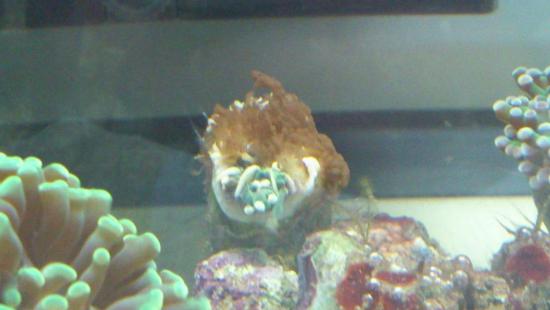



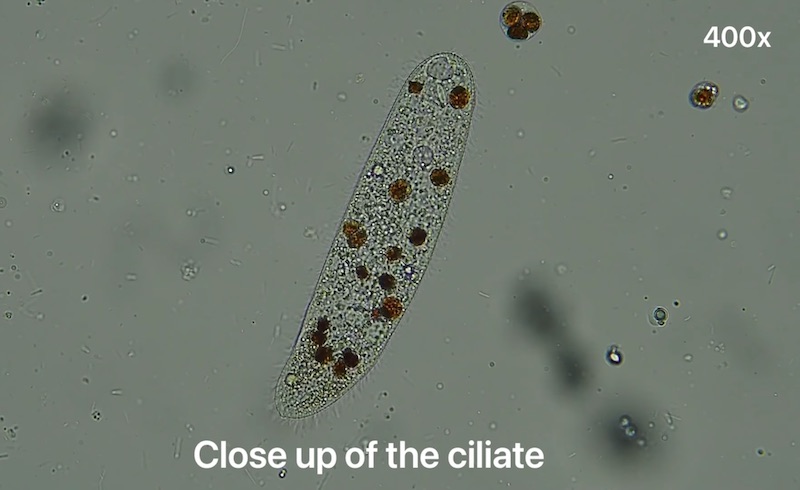


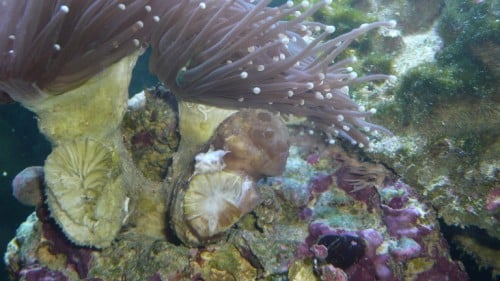
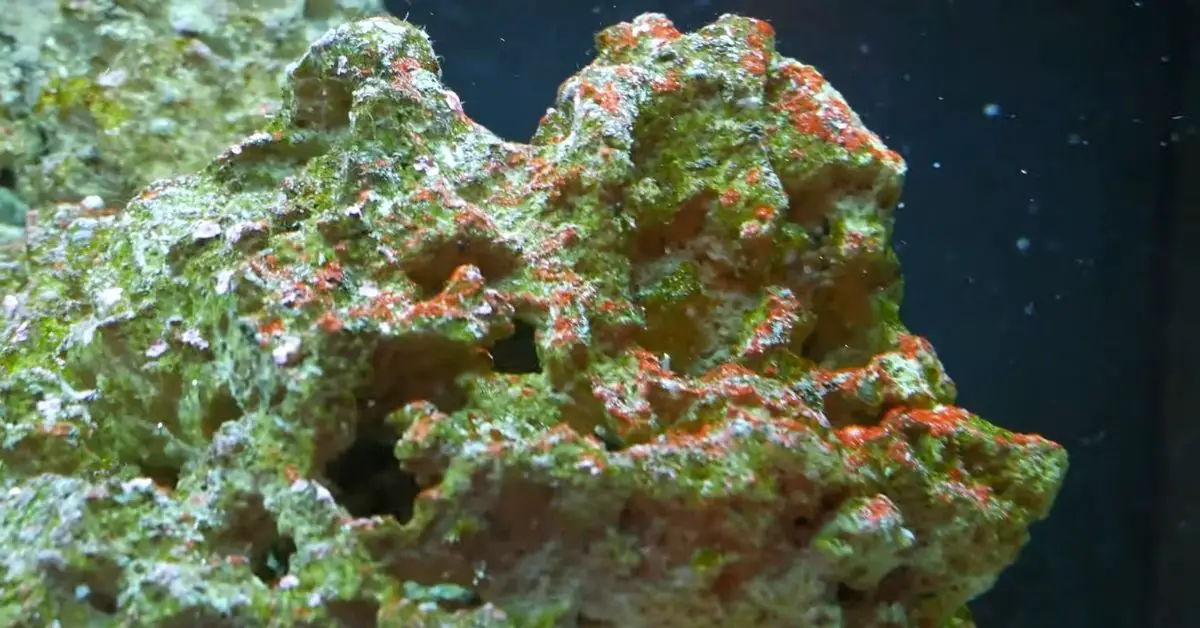




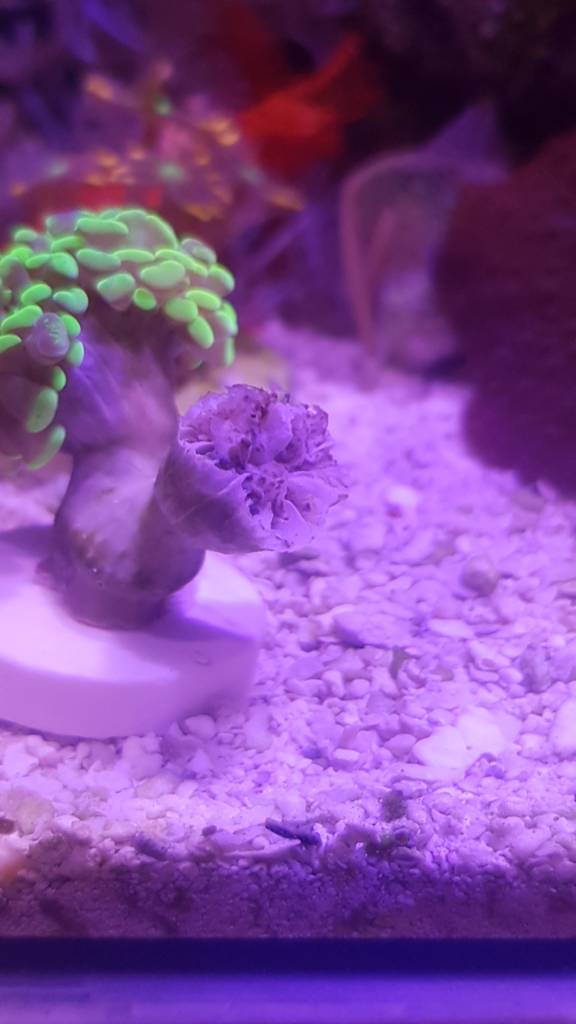
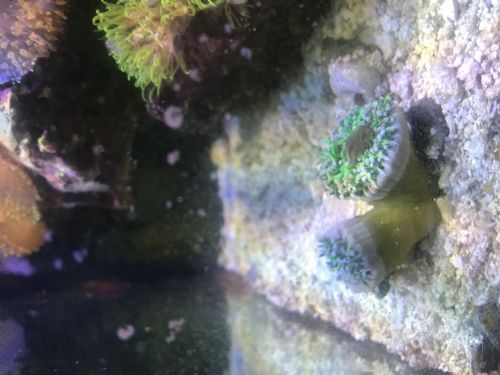
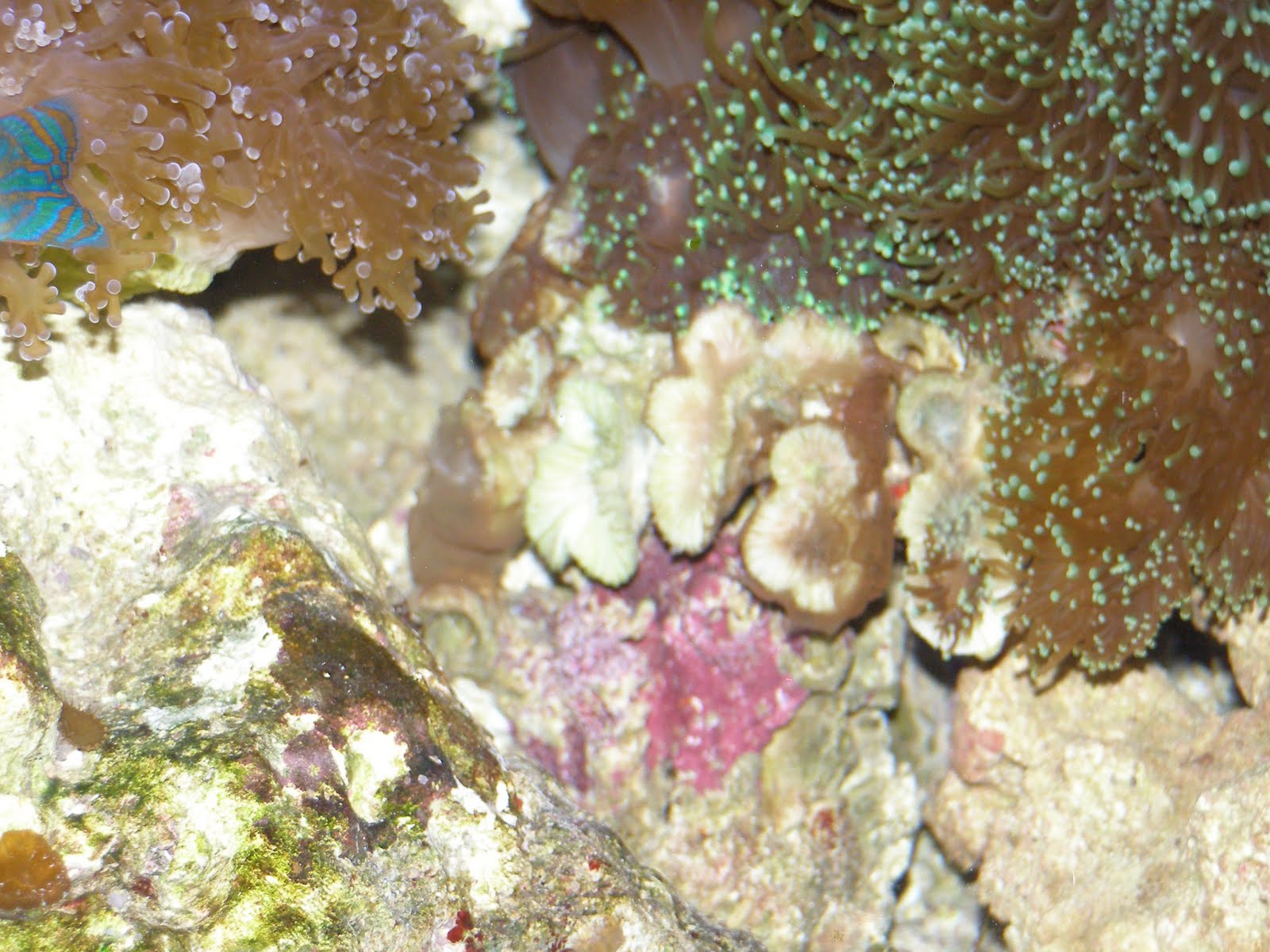
Posting Komentar untuk "Brown Jelly Disease Pictures"